Sarcopterygii: Lobe-Finned Fishes
Guess what group you fall into? That's right, you're a lobe-finned fish! These fish, as you can tell, are characterized by lobe fins, as opposed to the ray fins of Actinopterygii. Your arms and legs are modified lobe fins! Did I mention these fish have lobe fins? That's really all there is to it...
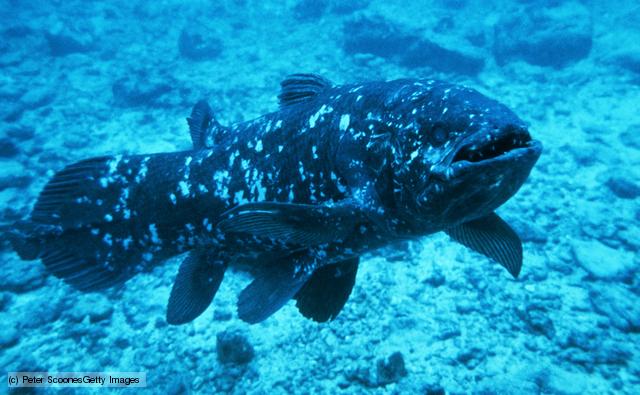
Coelacanthomorpha: Coelacanths
One living family (Latimeriidae), one genus (Latimeria) and two species. One is found in the waters off East Africa, and the other near Indonesia.
(FIS)HISTORY: The Coelacanth was originally known from the fossil record, and presumed extinct. In 1938, Marjorie Courtenay-Latimer discovered a recently-deceased specimen at a fish market in South Africa. She immediately wrote to Professor JLB Smith, who recognized it as a living member of the Coelacanth order. He preserved Marjorie's name in both the family and genus names (see above).
INTERESTING CHARACTERISTICS: One of the most unique features (besides the lobe-fins...) is the diphycercal tail. This type of tail is one that is almost a tail within a tail. There is the primary tail, and a secondary tail sprouts posteriorly (from behind), splitting the primary tail in two. The coelacanth has cosmoid scales, which are bony scales covered in a layer of cosmine. Coelacanths have a gas bladder, but it is filled with fat (imagine trying to work that off). Instead of swimming like most fish, they move their fins in an alternating pattern, almost as if they were "walking" underwater. Coelacanths have a rostral (located in the nose) organ, which seems to be used for locating electrical fields. Individuals have been observed in a head-down position, possibly sensing electrical fields (but who knows). Coelacanths are viviparous, meaning they give birth to live young.
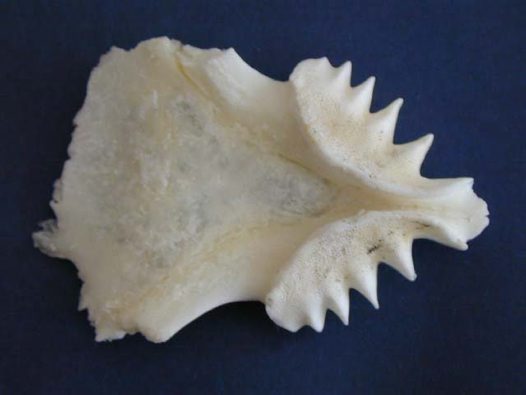
Dipnotetrapodomorpha: Lungfishes
One superorder (Ceratodontomorpha) and one order (Ceratodontiformes). The lungfish are more closely related to us (tetrapods) than the coelacanth.
INTERESTING CHARACTERISTICS:First of all, as indicated by the name, these fish have lungs! Just like us, the lungfish have respiratory organs that they are able to inflate/deflate, to take in oxygen from the atmosphere. These fish also have tooth plates instead of separate teeth, which are used for crushing their delicious seafood dinners. Another FUN characteristic is their "noodle-like" fins, which are much more "noodley" than those of Actinopterygians or even the coelacanth. Less interestingly, all lungfish live in freshwater.
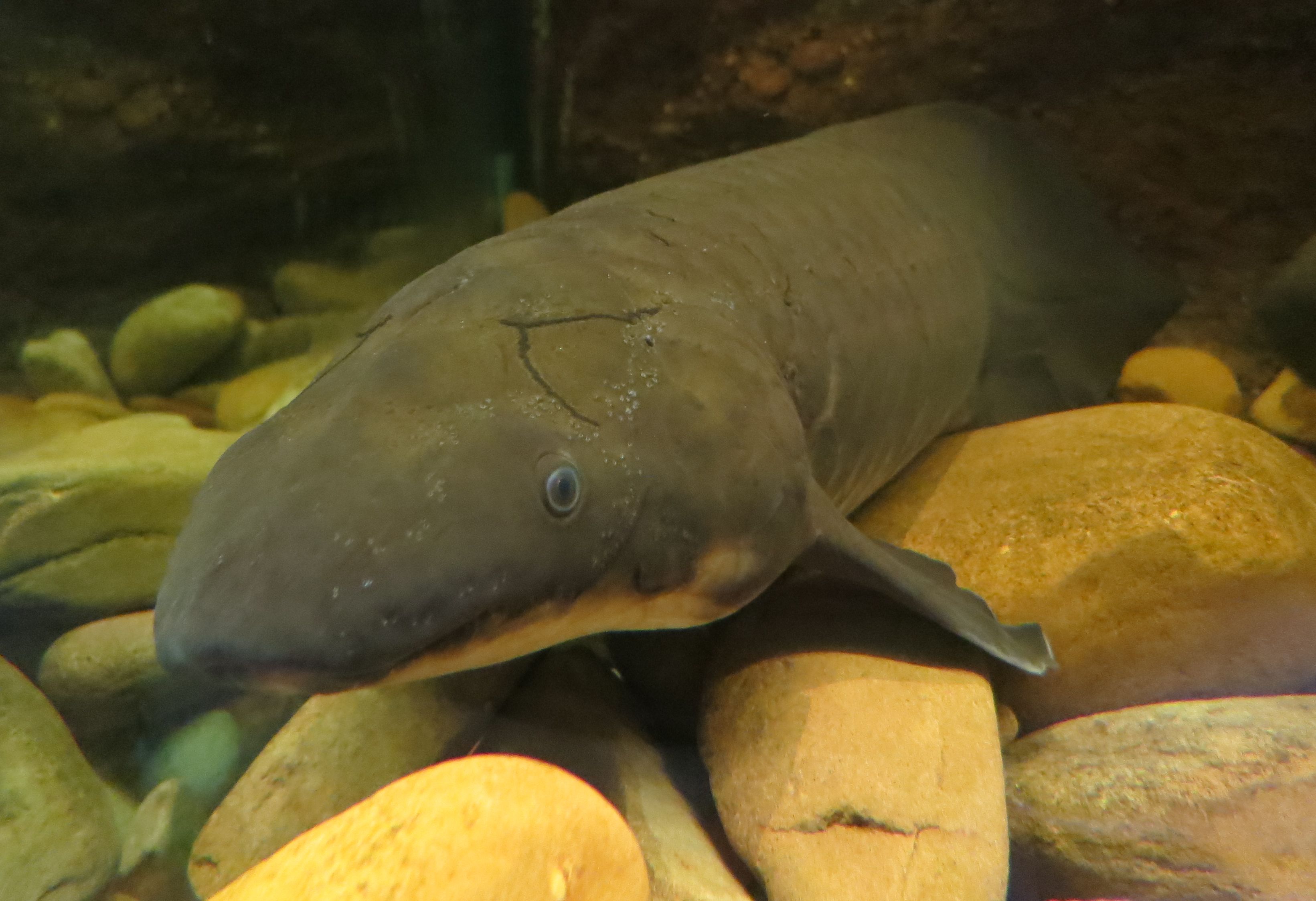
Ceratodontoidei: Australian Lungfish
There is only one family (Neoceratidae), and one species (Neoceratodus forsteri). This lungfish is a facultative air breather, requiring its gills to breathe underwater. It has only one lung.
Ledpidosirenoidei
These fish are obligate air breathers. That means they must breathe air, otherwise they will drown if trapped underwater. That wouldn't be very nice. They have two lungs.
ESTIVATION: Estivation is the process by which lungfishes survive during dry conditions. The lungfish will dig itself a burrow in the muc, curl up inside (head upwards) and produce a mucus cocoon, preventing the fish from drying out. Inside this cocoon, the fish breathes air and remains dormant for months, or even years.
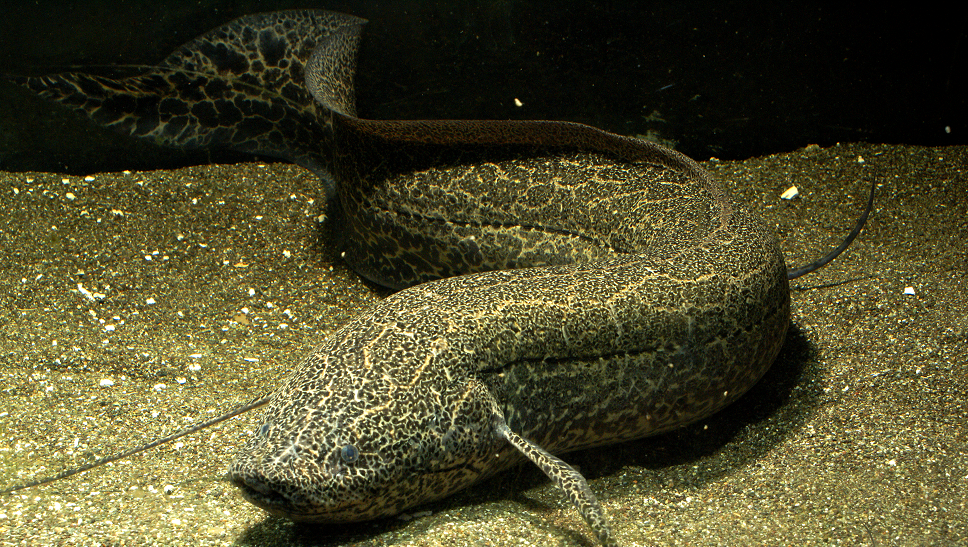
Lepidosirenidae: South American Lungfish
There is one living species, Lepidosiren paradoxa. COOL FACT: While taking care of the eggs, the male lungfish develops vascularized filaments on his pelvic fins, which provide added oxygen to the eggs.
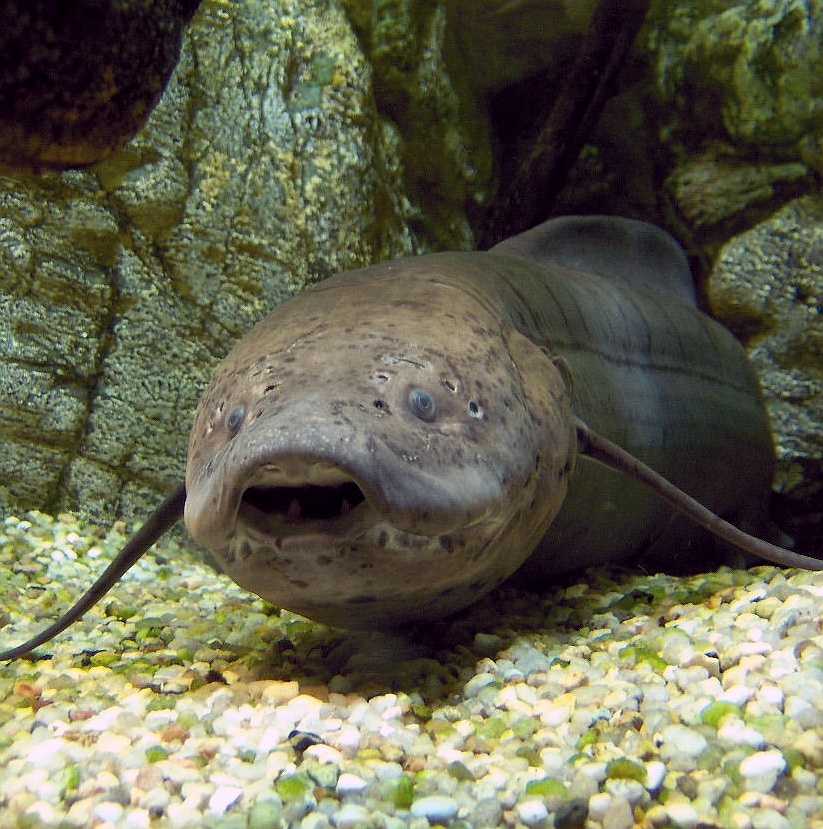
Protopteridae: African Lungfishes
There are four species, all in the genus Protopterus, and all found in Africa. Nothing too exciting, but they do a lot of estivating (also spelled aestivating).